Centuur
Posts: 8802
Joined: 6/3/2011
From: Hoorn (NED).
Status: offline

|
You are asking an honest question. First let me say that World in Flames in itself is for me by far the best strategic war game ever made. Now, you probably say: so what...
World in Flames is one of those games where you need a whole room to set the game up in, reserve that room for a couple of years, and start playing with your group every weekend. Now that it is on a computer (even without an AI) we don't need the whole room (except when you want to have house rules involved and such).
Apart from this, the rule book of the board game, being relative small, was food for rule lawyers. The computer doesn't need those. You can or you can't.
Both of these things means that the game at this moment is very attractive for the board gaming society, especially when multiplayer netplay will become available in the future.
The real grognards will probably have a huge basement to put those very nice looking maps to good use. They are a side effect of the development of the game. During beta testing, some of those asked Matrix: "can't you print those, they are great looking". So why not? If you don't want them, you don't need to buy them. They are a nice addition for those people who want to play around with the cardboard counters...
Sure, the base of World in Flames is a normal counters wargame. What makes it stick out against a lot of other things are a couple of things:
First: there is the concept of impulses within a turn. If you start a turn you don't know how much impulses you will get (that depends on weather and the almighty die roll). This means that, providing your units don't get disrupted due to your actions (or your enemies), you might be able to move them quite a lot in one turn. Theoretically, German Armor could walk from Warsaw to Moscow in one turn (well, if the USSR let you...).
Second: Every impulse you have to make the decision what to do. Use the air force, navy, land or somewhat of everything or do nothing and pray that this horrible turn of events will end now (bonus on the die roll).
Third: the simple way the developers have put the economics in play. You have resources, which you need to move to factories to produce your weaponry. This means maintaining convoy chains, capturing rail lines, prevent the enemy from bombing your oil resources or factories.
Fourth: the naval system. No naval combat is the same due to the search and find rolls (with surprise attached).
The rules are complicated. The game is too, because of all it's possibilities and decision making a player has to do. However, the game also gives you the possibilities to learn how to play. There are the tutorials, the video's and the two small scenario's (Barbarossa and Guadalcanal) which are excellent to learn how to move the pieces around and how things have to be done. In the manuals (which are indeed quite large but very well written) there is advice on good play which can be used for newbies.
After that, start a global war for a couple of turns. Best of all: if you don't like the outcome, cheat by restoring the game...
There are help files available in every form which pops up on screen. The sequence of play is followed by the computer and the button panel will get a little used to at first, but after that I've come to find the buttons I need very easily.
Now, if you want to start directly with global war and don't know anything else yet, than you are in for a nasty surprise. But if you've willing to put some hours in it, I think that you will get a pleasant surprise.
_____________________________
Peter
|
 Printable Version
Printable Version
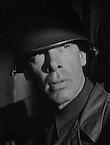
 .
.  . I am trying to find reasons whey I should pay this much for the most expensive wargame of all time without an AI. Maybe for the videos? Maybe the forums need more information focused for players who know nothing about the original game...
. I am trying to find reasons whey I should pay this much for the most expensive wargame of all time without an AI. Maybe for the videos? Maybe the forums need more information focused for players who know nothing about the original game...





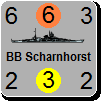
 ), and would like some information about it.
), and would like some information about it.  Here goes:
Here goes: 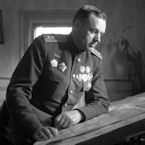
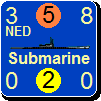

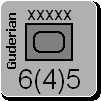
 By buying it now, I can learn the rules and follow along with the forum threads...and understand them even.
By buying it now, I can learn the rules and follow along with the forum threads...and understand them even.

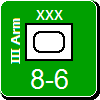


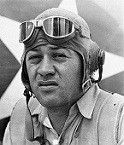

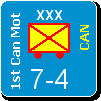


 New Messages
New Messages No New Messages
No New Messages Hot Topic w/ New Messages
Hot Topic w/ New Messages Hot Topic w/o New Messages
Hot Topic w/o New Messages Locked w/ New Messages
Locked w/ New Messages Locked w/o New Messages
Locked w/o New Messages Post New Thread
Post New Thread